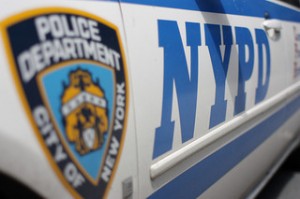An Economic Analysis of "Stop and Frisk"
A new working paper (gated) from Decio Coviello and Nicola Persico:
We analyze data on NYPD’s “stop and frisk program” in an effort to identify racial bias on the part of the police officers making the stops. We find that the officers are not biased against African Americans relative to whites, because the latter are being stopped despite being a “less productive stop” for a police officer.
Excerpts:
New York City’s stop-and-frisk program disproportionally impacts minorities. The New York Civil Liberties Union makes this point forcefully by documenting that, in 2011, 52.9 percent of stops were of blacks, 33.7 percent were of Latinos, while whites accounted for only 9.3 percent of the stops. This disparate impact is unfortunate, but should not be surprising if we believe that crime and therefore policing are disproportionally concentrated in minority-rich neighborhoods.
However, mere disparate impact is not the same as impermissible behavior. Discrimination law in the United States generally does not prohibit disparate impact, as long as it does not reflect an intent to discriminate. Therefore, if one is interested in impermissible behavior, it is helpful to have an empirical strategy which goes beyond merely documenting disparate impact, and can detect racial animus on the part of the police.
And:
Our results cannot be interpreted as proving that the stop and frisk program is lawful. If is possible that the program may be unlawful in other ways, for example, that many of its searches may not arise from a reasonable suspicion. Our interpretation of the results is simply that, whether or not the officers behavior violates the law, the behavior does not display a racial bias, conscious or not.
Among the relevant predecessors to this paper are Gelman et al.


Comments